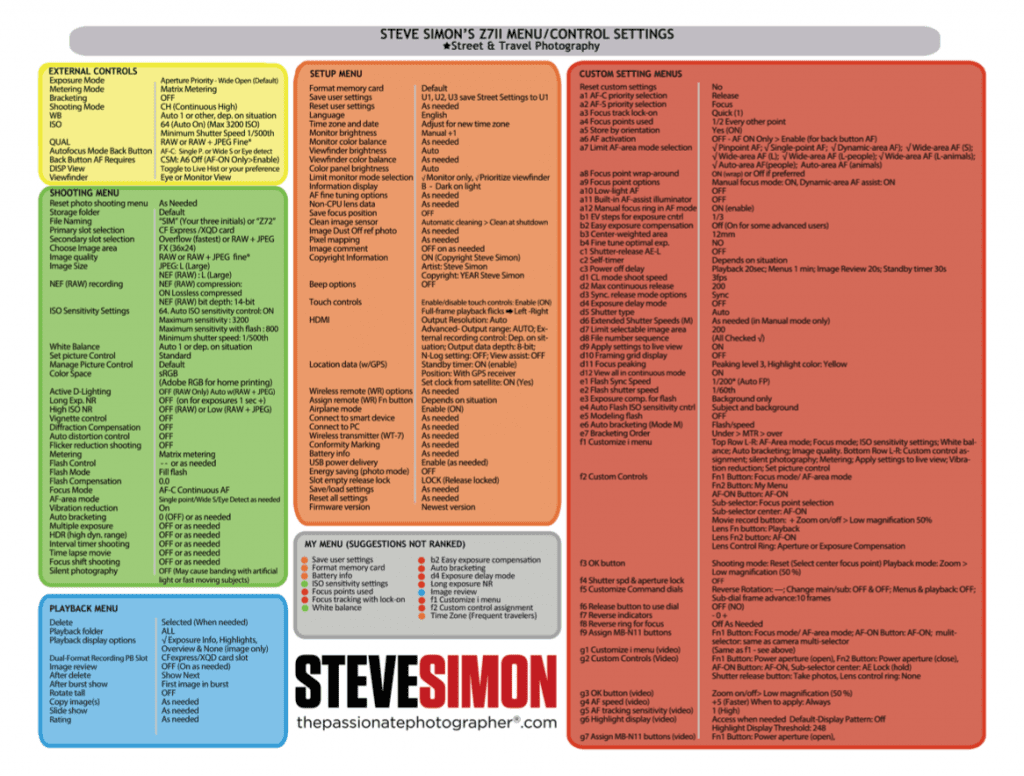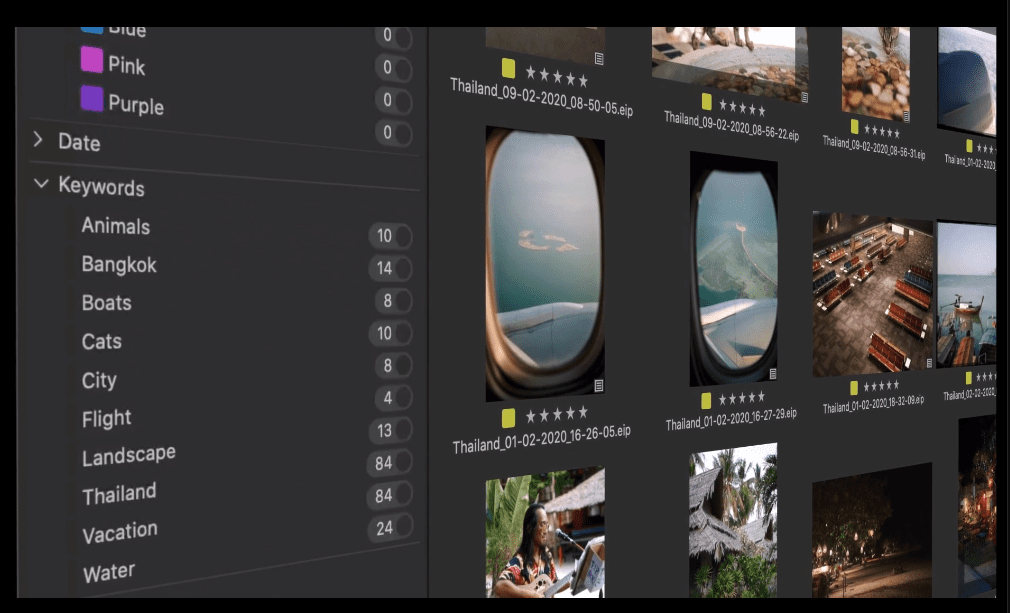There is no secret to becoming a great photographer. Each of us sees the world in our own unique way and it is exactly this unique vision which needs to be unwrapped before becoming the photographer you know you can be.The Nikon Manifesto category on this blog will give you the benefit of my experience gleaned from a lifetime of Nikon mastery and through my workshops and teachings which have helped thousands work toward achieving their full potential in photography. You don’t have to own a Nikon to benefit from what you will see here, but the information will often be Nikon specific. All things Nikon will be talked about here, from history to future products.
I will pattern this section of the blog, the way I teach; not wanting to leave any important menu item uncovered; revealing all the tips and techniques that I know you will benefit from. Of course not everyone will want to use every suggestion but keep an open mind, regardless of your photographic pursuit and I promise to open new doors to better and stronger work. I’m going to help you to take advantage of the unlimited potential of your Nikon tools, so you can become the photographer you dream of being. I explain all important concepts in photography and my goal is to make you nimble and quick so you can react and capture the shot, in the least amount of time.
Here are the “Big Six” that will transform the way you shoot:
Back-Button Autofocus
Aperture Priority
Auto ISO
Easy Exposure Compensation
Continuous Release
Image Review Off
Each of the first few posts will cover a new “big six” option and they will all be brought together (along with many more Nikon Nuggets) in the forthcoming Nikon Manifesto e-Book.
Aside from the transformational six, I will talk about exposure modes and auto focus systems so you will know what to use but mostly what you don’t need to use. You have the gear, now you need the mental tools to get the image you envision. She or he who hesitate pressing the shutter release, often miss the shot. The different between reject and five star is often a fraction of a second. I’m here to put the odds in your favor.
I think one of the reasons I got into photography as a kid was it appealed to me in so many ways. It’s physical—you’re out in the world, breathing in air and life, following your camera into places, spaces and events that you might not pursue but for your camera. It allows you to look, observe, see and discover with a greater intensity than if you didn’t have a camera. It is creative in the idea that everyone sees in their own way and the more you can tap into this, the more you can separate your work from others. There is also the camera as beautiful artifact, with design and function to be admired.
But photography is also a technical pursuit. It is the technical side where most get bogged down. There are no shortcuts to technical mastery. You can’t skip it or go around it. You need to face your technical challenges head on so that eventually, with practice, the technical fades to the background so you can concentrate on the more important business of finding the image, angle, light and the moment that best captures what you’re trying to say with your photography regardless of your interest.
Your Nikon camera is designed to be used by any photographer regardless of specialty, genre or experience therefore there are many ways to achieve the same goal. I would never tell anyone this is the only way to shoot; of course it is not. But all of my suggestions will be backed by reason’s for doing them and grounded in experience. You will ultimately tweak the core ideas in ways that make sense for the work you pursue.
Photography really is about strategies for each individual type of shooting and specific assignment. It’s also a battle between your left and right brains. Your left brain, the logical side deals with the technical; apertures, shutter speeds, histograms and focus points. The right brain is the creative side of the brain, where the magic in our work is created. The idea is to minimize the left brain technical activity so the right brain is free to concentrate on the composition, moment, light and the ideas you communicate.
With a foundation strategy that I will provide here, you start from the same place every time you go out to shoot. This core workflow is chosen because it’s the simplest way to accomplish the majority of different shooting situations with a minimum of thinking. The goal is to get you to a place in your process where just like riding a bike or brushing your teeth, you do it without having to think much. It becomes part of your muscle memory.
If you are shooting a soccer game you will likely devise a different strategy from your macro or landscape work. Knowing which strategy to employ is key and I will break down the major choices to help you understand the reasons why certain camera function and menu choices are made for each way of shooting. I will provide checklists whenever possible which you can refer to when you make a change to a new type of exposure strategy.
The core concepts for Nikon shooters (and all shooters really) are the same, and they haven’t change much from even the days before digital. It’s still about Aperture, Shutter Speeds and ISO for the most part. Only in the digital realm we have an array of new technologies and quality that we can take advantage of to speed up our response times and nail the shots. The quality of our Nikon bodies is amazing. There’s really nothing we can’t accomplish photographically with the tools that Nikon provides.
Suffice to say that with today’s Nikon body there are virtually no limits to the camera’s potential to capture the world around us in any light, bright or dim. In fact, with the Nikon D4S in Hi4 Boost mode, your get the equivalent of 409,000 ISO!! Science fiction it is not. I heard one photographer say “it’s the first camera that lets you get a decent shot of the inside of your lens-cap”….but enough high-ISO humor.
The world does not stop turning. Being able to move quickly when there are 8,000 potential images every second is a huge asset, even if the type of photography you are most passionate about is slower and more methodical. A landscape photographer needs the reflexes of a sports shooter to capture the momentary kiss of pink to the clouds as the sun dips below the horizon. You need to be nimble and swift in triggering the shutter.
The journey to Nikon mastery begins now.













The cool aspect about the website that that you can update the information in the TPP book while also providing new information that isn’t in the book (e.g., east exposure compensation). I am very much looking forward to this series.
Steve, most people pay no attention to the dated and boring pre-flight briefings, let along photograph them. I realize that this was an exercise in ISO-envy, but I’m hoping that the real intended subject was the blurry flight attendant in the forward cabin exercising the forgotten art of customer service. That’s like a Bigfoot sighting. More importantly, I owe you $10 (PayPal???). I now shoot back button autofocus almost exclusively with my capable gear– just as you bet I would in Atlanta. I would love to participate in the NYC shoot coming in November, but my job is taking me to the Israel where I plan to get some images from the Holy Land. Thank you for your efforts and for helping many of us improve our passion my friend.